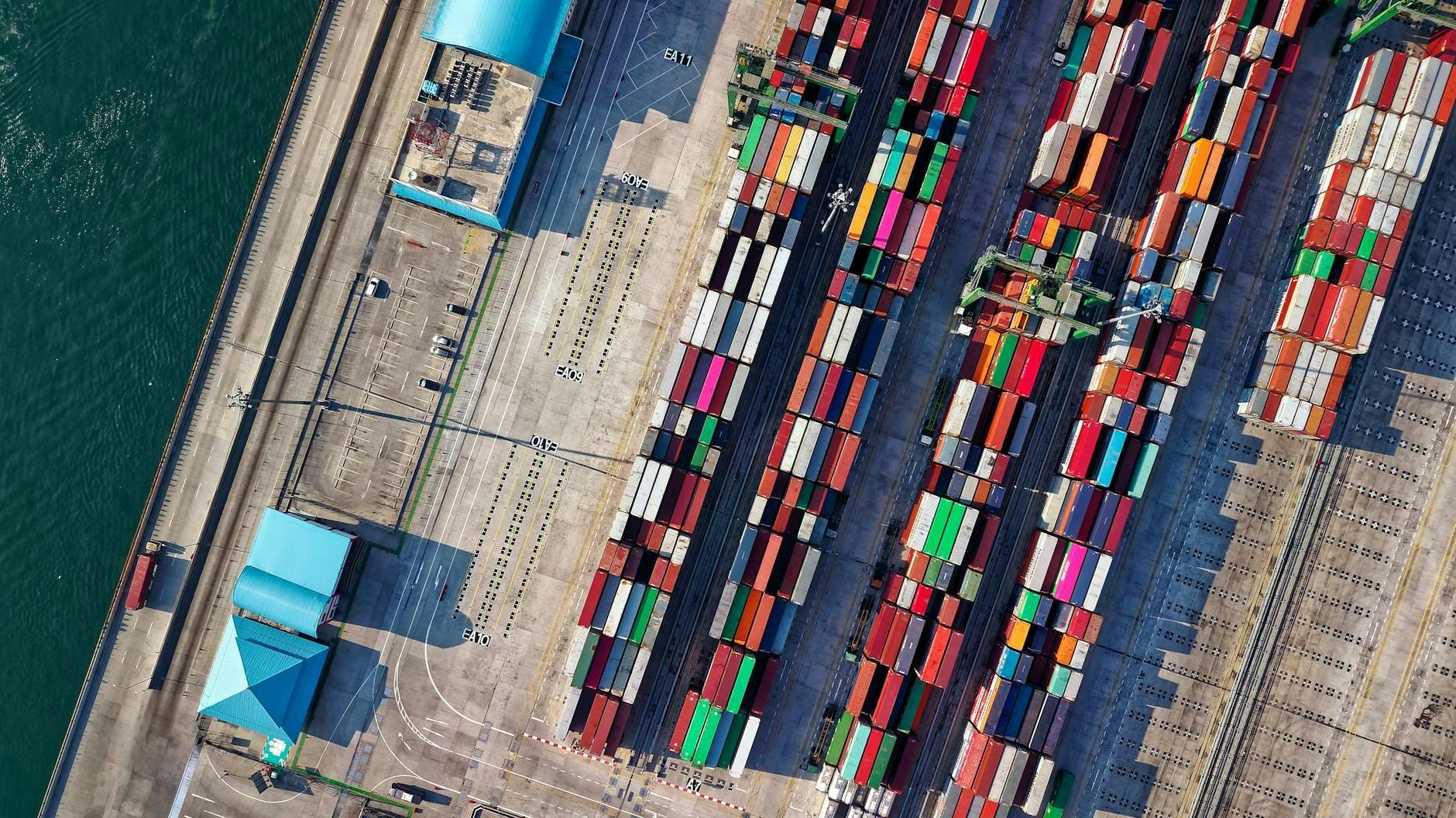Shipping lanes clog without warning, tariffs yo-yo in political crossfire and one factory lockdown can ripple through half a dozen continents. You can't outlaw uncertainty, but you can engineer against it and turn panicked email threads into calm, rules-based workflows.
Teams that wire AI, sensors and open ledgers into supply-chain stacks are discovering that "just in time" can coexist with real-time resilience. You don't need to have a PhD in data science to join them, but you do need the right playbook. These developer-friendly moves help keep disruptions at bay.
Predictive Machine Learning Pipelines See Delays Before They Happen
Feed order histories, vessel GPS pings, weather forecasts and macro-economic signals into gradient-boosted or long short-term memory models. A 2024 peer-reviewed survey found that companies that layered machine learning onto classic analytics
Prescriptive Analytics Turns Forecasts Into Actions
Once you can forecast trouble, you need code that decides what happens next. That's where prescriptive engines come in. Built with reinforcement-learning optimizers, these engines rip through thousands of what-if scenarios every hour and nominate the best move.
Prescriptive analytics shines when you're weighing multiple options and
IoT and Edge Telemetry Show Every Pallet, Everywhere
Bluetooth-LE beacons and cellular trackers stream temperature, shock and location data to lightweight message queuing telemetry transport brokers, where serverless functions flag anomalies in seconds. A study on IoT-driven route optimization reported
Blockchain Smart Ledgers Protect High-Stakes Handshakes
Shipping documents shuffle between carriers, banks and customer brokers. Shared, tamper-proof ledgers let all parties verify provenance and release payments once delivery conditions are met. Analysts expect blockchain in transport and logistics to
Digital Twin Scenario Models Stress-Test Tariff Shocks
Finance teams can safeguard margins by running simulation models that flex tariff rates, exchange-rate swings and price-driven demand changes across core product lines. Start by testing how higher import duties inflate material or component costs, then layer in currency movements to see how foreign sales or payables shift in real terms.
When those inputs collide, the model
Event-Driven Architecture Keeps Data and Decisions Moving
Batch jobs that run overnight can't cope with rolling disruptions. An event-driven stack — like change-data-capture feeds into Kafka topics, processed by Flink — propagates updates the moment they happen. An IBM Event Automation case study on large fleet operators reports that moving to this architecture
Open-Source Collaboration Accelerates Innovation
The Open Logistics Foundation lists multiple active logistics projects and hosts annual Innovation Days to share code and standards, drawing
The global logistics-automation market was already worth
Build Once, Adapt Continuously
Treat your logistics stack the way SaaS teams treat their core product — a living system that must improve with every sprint. The technologies outlined above are building blocks for a culture where developers, operators and finance co-own uptime and margin protection.
When you write code to sense, decide and act in minutes, you stop reacting to disruptions and start harvesting them for competitive advantage. The next time a ship runs aground or a tariff spikes overnight, you won't scramble for Plan B.


